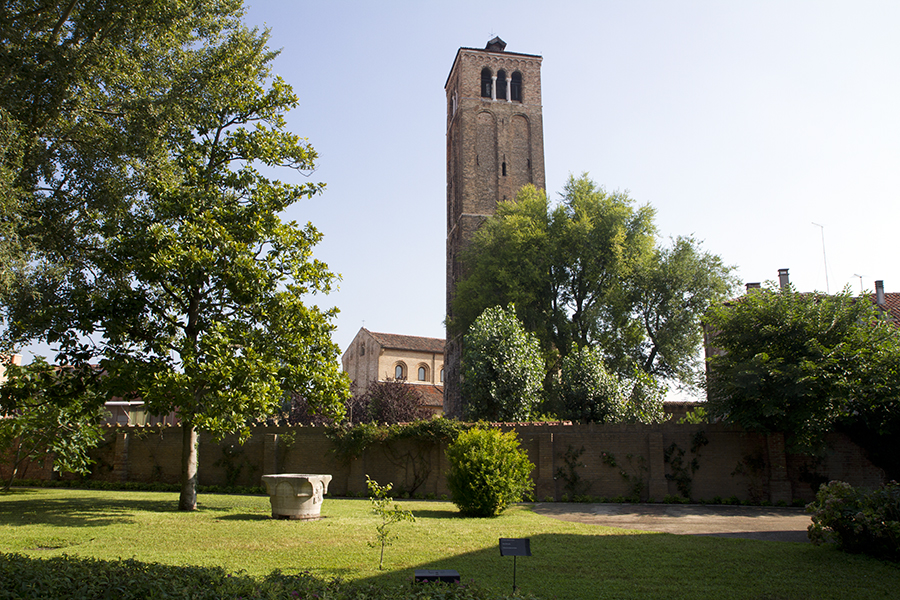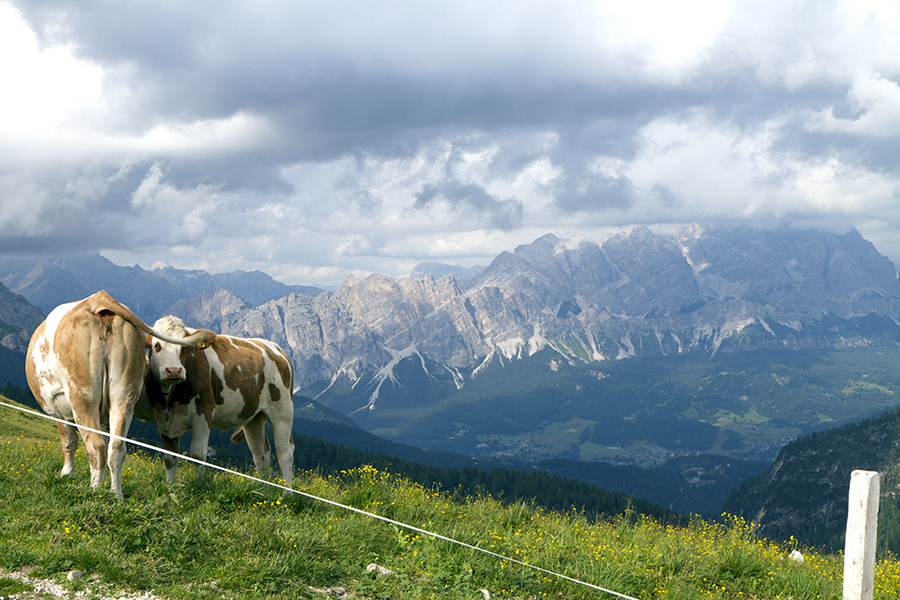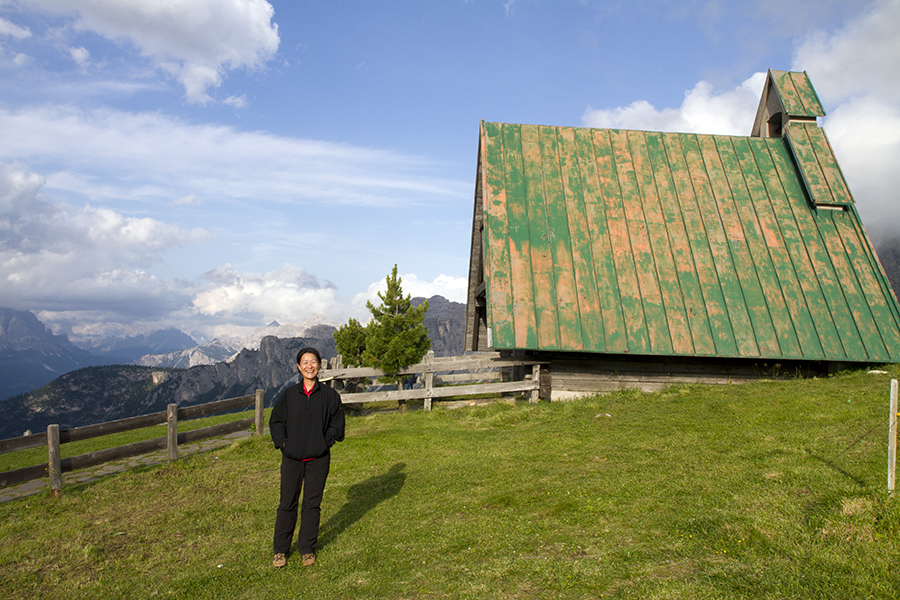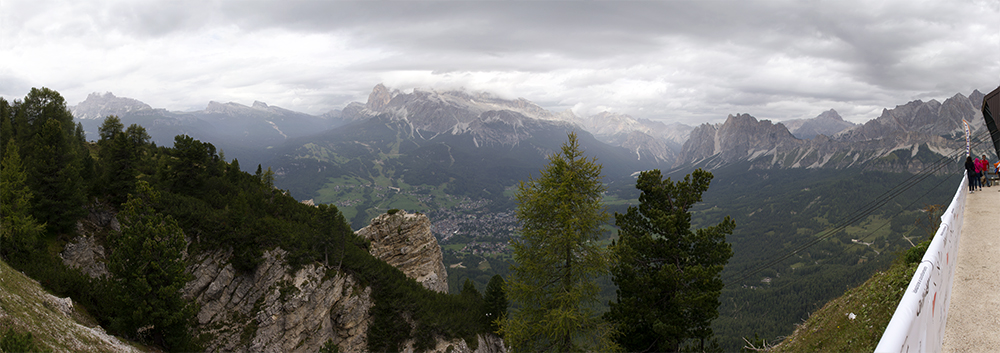Bee and I go away each year for her birthday. In 2014, I surprised her by signing us up for a walking (trekking) tour in the Dolomite mountains of northern Italy, something she had said repeatedly we should do. That trip was already published on my blog last month.
Our trip started on Sunday from Venice and since there is a late flight from Brussels to Venice, we decided to leave after work on Friday. We would arrive very late, in August, at the airport and I did not want to have to fight the crowds in Venice itself. Looking at the Vaporetto Line from the airport into Venice, we noticed that the first stop was in Murano, and thus decided to stay there instead. It would give us one full day and one half day to wander around before we had to meet the rest of the group. We did not go to Venice itself at all on this visit.
Early Saturday, we started to explore Murano, which I knew a little from my previous trips to Venice and always enjoyed. However, the previous visits were fleeting since I was staying on the ‘main’ island and I was looking forward to spending more time, and especially the evening in Murano as well.
Throughout the island there are glass statues, or monuments from local artists. I particularly like the contrast between the very modern Glass Comet (the sculpture is called La Cometa di Vetro by Simone Cenedese) and the 19th century clock tower built on the foundations of a much older 12th century church steeple, long gone along with the church.
Around the corner, we ran into a lovely old house – what I like most about Murano is that it still has a human scale and feels suburban compared to Venice. This old house is surrounded by a garden and a majestic garden gate – you would not see something like this in Venice any more.
The back of the Chiesa dei Santi Maria e Donato (Church of the Saints Mary and Donato) – this is one of the oldest churches in the Venice lagoon, originally built in the 7th century with known restorations in 9th and 10th centuries, possibly some even later. Known for its 12th century mosaic floor. It houses small bones from St. Donatus of Arezzo and larger bones from a ‘dragon’ that the saint is reported to have killed.
The back of the church has a definite Moorish look, and so do the decorations inside.
The garden in the back of the Glass Museum gives a good view of the Campanile of Santo Donato (short name for the church above!)
A typical canal in Murano – this is suburbia – there is a three boat porch in front of every house – sorry, no cars. Continue reading “A Week-End in Murano”
(669 Page Views)








































